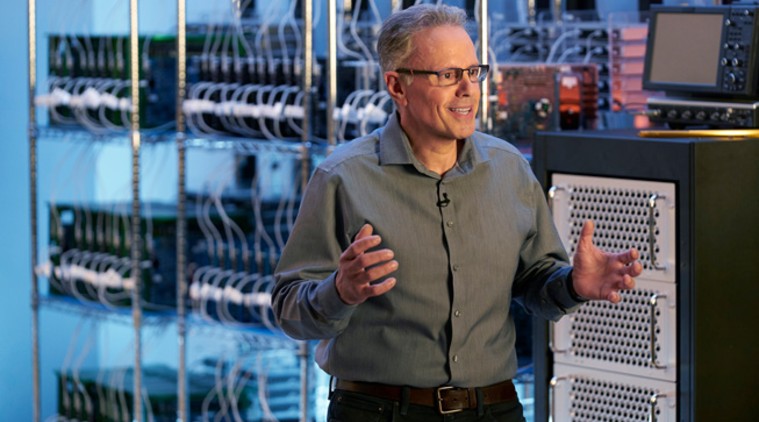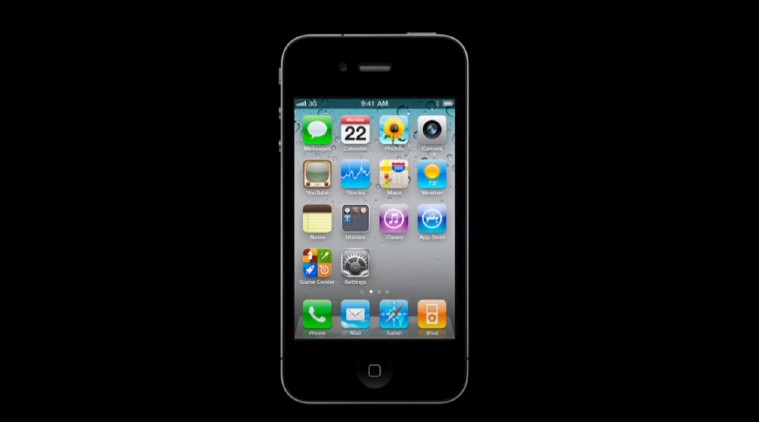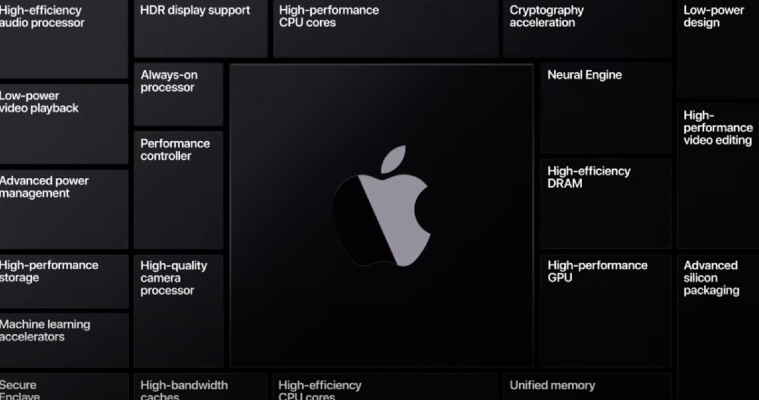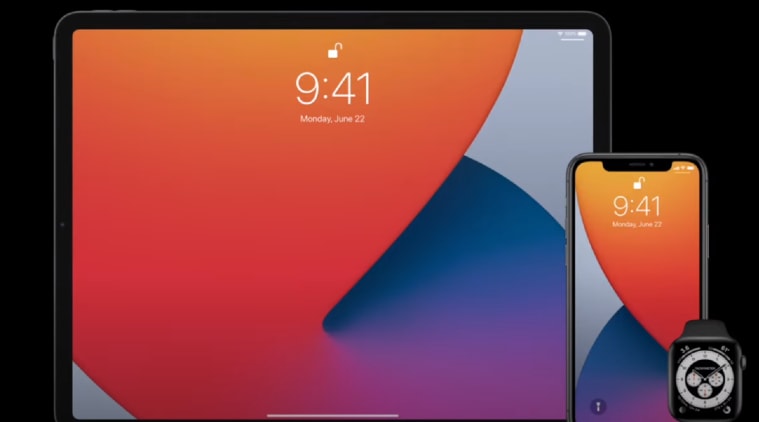 Srouji joined Apple in 2008 to lead chip design. (Image credit: Apple)
Srouji joined Apple in 2008 to lead chip design. (Image credit: Apple)
Ever since Apple wrapped up its WWDC 2020 keynote, there has been a lot of interest around Johny Srouji, the company’s senior vice-president of hardware technologies. Srouji is leading Apple’s chip development efforts and he has an important role to play in creating the Apple-designed, ARM-based chips for Mac computers. Srouji may not be as visible as other Apple executives, but his contribution to Apple’s growth is immense. Here are a few facts about Johny Srouji, the man behind Apple’s custom A-series chips found in iPhones and iPads, and someone who you could be hearing a lot more about in the coming years.
#1 Born in a Christian Arab family, Srouji belongs to the city of Haifa in Israel. He earned a master’s degree in Computer Science from Technion Israel Institute of Technology, considered among the best engineering colleges in the world. Srouji is fluent in Arabic, Hebrew, and French. He can speak English, too.
#2 Srouji joined Apple in 2008 when the first iPhone was already out. He was hired by Bob Mansfield, Apple’s top hardware executive at the time. Although the iPhone was a massive success, Jobs knew about the iPhone’s weakness and the only way to fix this problem was to work on a custom chipset designed in-house. “Steve came to the conclusion that the only way for Apple to really differentiate and deliver something truly unique and truly great, you have to own your own silicon,” Srouji told Bloomberg Businessweek in 2016. “You have to control and own it.”
 The iPhone 4 was powered by the A4, the first A-series processor from Apple. (Image credit: Screenshot/Apple WWDC 2020 special event keynote video)
The iPhone 4 was powered by the A4, the first A-series processor from Apple. (Image credit: Screenshot/Apple WWDC 2020 special event keynote video)
#3 Srouji’s first big project within Apple was to lead the development of the A4, the first A-series processor from Apple. The chipset was introduced on the first iPad, followed by the iPhone 4 which came with a Retina display. Since then, Apple has pioneered the chip industry and the person who made it possible was Johny Srouji. Investing its resources in designing custom chipset proved to be the most logical decision for Apple. Developing its own A-series chipsets gave Apple full control over both hardware and software, something the competition hasn’t been able to catch up with till date.
#4 In the beginning, Srouji served as senior director of handheld chips and VLSI (Very-large-scale integration). It was an important position within Apple — after all, he was involved in the development of the A4 chipset. Prior to joining Apple, he worked on processor development and design at Intel and IBM.
#5 Not many know that Srouji was involved in creating the first Touch ID fingerprint sensor that Apple first incorporated in the iPhone 5s in 2013, according to Israeli publication Haaretz.
 Apple is dumping Intel in favor of its custom ARM chipset for the Mac computers. (Image credit: Screenshot/Apple WWDC 2020 special event keynote video)
Apple is dumping Intel in favor of its custom ARM chipset for the Mac computers. (Image credit: Screenshot/Apple WWDC 2020 special event keynote video)
#6 Srouji’s role within Apple has only grown – and the reason is the in-house development of chips that power most Apple devices including iPhone, Apple Watches, iPads, among other products. And Apple has rewarded Srouji efforts in designing one of the most sophisticated chips in the smartphone industry. When Srouji was promoted to senior vice president of hardware technologies in 2015, Apple gave him $10 million in stock that vested over four years, according to the US Securities and Exchange Commission. In 2017, Srouji earned over $24 million in compensation, making him one of the top five executives in Apple. In fact, that generous pay package made him the second-highest-paid executive at the company after retail chief Angela Ahrendts. In comparison, Apple CEO Tim Cook earned $13 million.
#7 Given the fact that he leads the most critical units within Apple, Srouji was once the contender to become the CEO of Intel, the chipset giant which has a clear monopoly in the PC and data center markets for years. This was the time when Intel was looking to fill the position of CEO Brian Krzanich who resigned from his post last year over a “past consensual relationship”.
 Apple’s popular devices, be it the iPhone or iPad, use the company’s own processors based on ARM designs. (Image credit: Screenshot/Apple WWDC 2020 special event keynote video)
Apple’s popular devices, be it the iPhone or iPad, use the company’s own processors based on ARM designs. (Image credit: Screenshot/Apple WWDC 2020 special event keynote video)
#8 Srouji was also instrumental in setting up Apple’s second-largest R&D center in Herzliya, Israel, in 2015. The Herzliya R&D center is credited with developing key technologies that go inside newer iPhones.
#9 In 2017, in an interview with Mashable, Srouji told the publication that chipset design is a three-year process that is needed to decide on what features and technologies go into future devices. Srouji was referring to the development of A11 Bionic, the chipset that powered the iPhone X.
#10 Although there is no clarity, Srouji might have played an important role in Apple’s acquisition of Intel’s smartphone modem business, which the company bought for $1 billion. When Cupertino issued the press release announcing the acquisition, Srouji said Apple is excited to have Intel’s “excellent engineers” joining its cellular technologies group. Just to make it clear, Srouji is responsible for custom silicon and hardware technologies including application processors, storage controllers, touch and sensors, display silicon and connectivity at Apple.
